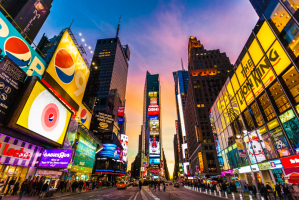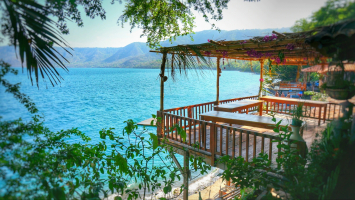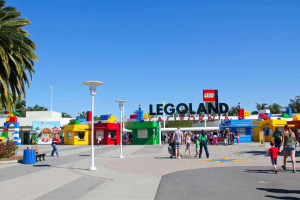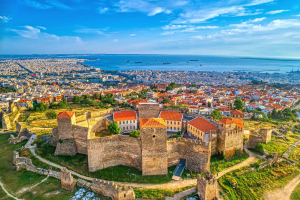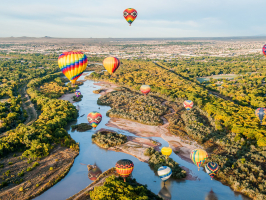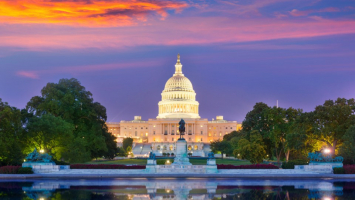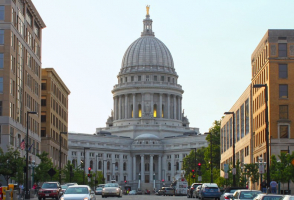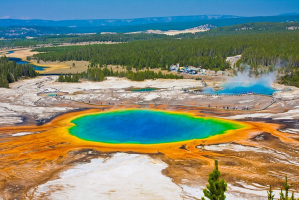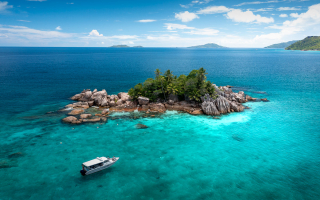Top 10 Places Known for Massive Things
Many things are loved by people. And by that, we don't just mean a wide range of items, but rather when there are a lot of items. For whatever reason, finding ... read more...a big quantity of any particular product in an unexpected location only serves to increase its curiously intriguing quality. Here are some Places Known for Massive Things.
-
On the global stage, Canada is well-known for a few things, including Justin Bieber, beavers, and peacekeepers. It may therefore come as a shock to learn that the most courteous individuals on earth also own the greatest number of donut shops.
Even while Americans may adore Krispy Kreme and Dunkin Donuts, Canada has 3,500 Tim Hortons locations nationwide. The nation has five times more donut shops per person than the US overall. In the 1990s, there were more than 500 stores in Toronto alone. Nowadays, Canadians eat a billion donuts annually. With only 38 million people, that means each and every Canadian consumes, on average, more than twenty-two dozen donuts annually.
Because coffee shops like Tim Hortons and Starbucks are recognized as much for their coffee as they are for their pastries, some have claimed that the high doughnut numbers are due to increased coffee consumption. It's also true that Canadians adore coffee. They may not be the best consumers in the world; that distinction belongs to Finland, where people consume more than 26 pounds of alcohol annually. With 14.33 pounds of coffee consumed per person, Canada is the only non-European nation to make the top ten.

https://www.pinterest.com 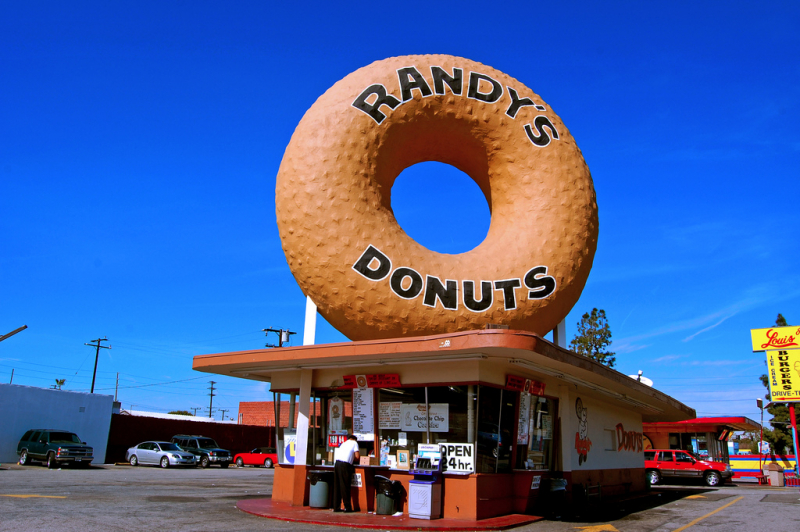
https://thelibertarianrepublic.com -
People are all now more aware of healthcare and how to access it due to COVID-19. However, in order to receive quality medical care, one must be able to visit a doctor, which is occasionally easier said than done. For instance, there are just 2.6 doctors for every 1000 people in the United States.
Since nations like Canada, Sweden, and others are well-known for their publicly bragged-about socialized healthcare systems, they must be doing well, right? It's not ideal that Canada has only 2.4 doctors per 1000 people, and Sweden only has 4.3. With 9 doctors per 1,000 people, Cuba is truly at the top of the list. Less than 3% of what it has today, Cuba had just about 3,000 doctors after the revolution. Its healthcare system has been constructed in a progressive and incredibly successful manner.
Cuba's medical schools attract a large number of international students, and Cuban physicians have had a significant global impact, particularly during the Covid-19 pandemic and the creation of vaccines. In Cuba, access to healthcare is seen as a fundamental right, and their constitution explicitly mentions it. There, everyone has access, and some of the top medical professionals in the world practice there.

https://www.icirnigeria.org/ 
https://news.yahoo.com -
Recently, privacy issues have taken on significant importance. Your phone monitors you, the government may be monitoring your calls, and there are cameras everywhere that are keeping an eye on everything. Unless they are? China is the country most frequently linked to this problem, however it is a global concern. Numerous writings published online refer to the nation as a "surveillance state."
Around 200 million surveillance cameras are dispersed across China. If we're talking about high numbers in unexpected areas, it indicates it has more cameras than anywhere else, which technically goes against the concept here. Technically, that's where it comes into play.
There are about 50 million CCTVs in use throughout the country. But China has a population of more than 1.4 billion people. 332 million people call the United States home. Thus, there are 14.36 cameras for every 100 persons in China. There are 15.28 cameras in the US. So, if you're concerned that the government is actually spying on you, you might not be entirely mistaken.

http://www.heraldsun.com.au 
http://bordc.org -
There are shopping meccas all around the world. London, New York, Paris, Tokyo, Milan, and Los Angeles are all recognized as locations where jetsetters can spend a sizable sum of money to get the newest odd item that people who call themselves jetsetters could want. Visit Toronto, Ontario if you want a genuinely spectacular shopping experience that involves walking 19 miles through a 4 million square foot underground facility.
The Path, the biggest underground shopping complex in the world, has over 5,000 employees and roughly 1,200 stores. Every day, almost 200,000 people use the Path to go shopping or commute to work because 50 office buildings are connected underneath by the extensive passages. The majority of Toronto's popular tourist attractions, including the CN Tower, the Rogers Center, the Air Canada Center, numerous hotels, and more, are also accessible by this route. In essence, it connects the city's downtown to the area beneath it.
A subterranean tunnel was used to connect an Eaton's department store to its discount annex in 1900, which is when the complete edifice was built. Obviously, from there, things developed. However, it's virtually hard to discern from the ground up because the Path's numerous entrances are so barely perceptible.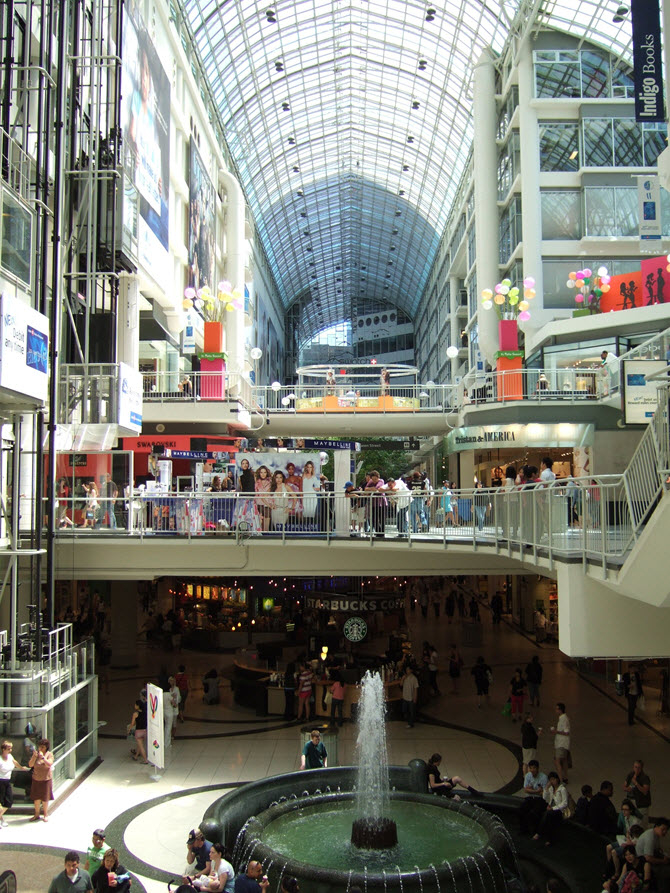
https://www.commercialrealestate.com.au/ 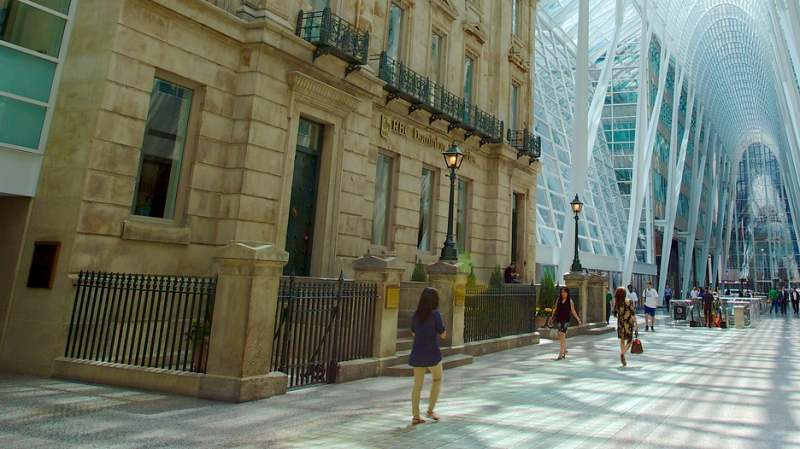
http://www.expedia.ca/ -
In the past, mental health has been mostly disregarded and ignored. Many people, particularly men, are reluctant to seek assistance for issues that aren't immediately physical. In the United States, therapy is major business, and many people seek treatment from physicians and therapists for a variety of mental health issues, including depression, anxiety, and other issues. According to statistics, there are 31.3 licensed psychologists for every 100,000 Americans. Is that a high number? Low? Well, it's nothing in comparison to Argentina.
In addition to being a hub for psychoanalysis, a branch of psychiatry developed by Sigmund Freud, Buenos Aires is also the capital of Argentina. Both foreigners and locals frequently use the city's abundance of therapists to investigate their issues. To find out more about psychoanalysis, click through. Not all of the persons in this picture are patients.
The number of licensed psychologists per 100,000 persons in Argentina is 198, which is more than six times the rate in the US. As little as $10 US can be spent on a single therapy session. In Argentina, therapy is not stigmatized in any way; it is just accepted as a normal component of living a healthy life.

https://blog.itranslate.com/ 
https://www.verywellmind.com -
People are getting more and more interested in and conscious of diversity. There are many distinct languages, cultures, and religious convictions throughout the world. Today, there are more than 7,000 languages that are still used. Over one billion people speak some of them, including English. Few people speak the other languages.
If you're the type of person who enjoys being exposed to many cultures, particularly languages, Queens, New York, might be the best city on earth for you. Queens, one of New York City's five boroughs, is home to more than 2.3 million people. One of the most linguistically varied places in the world, they together speak 138 distinct languages. There are plenty of uncommon languages, as well as all the anticipated ones like Spanish, Chinese, Finnish, and so forth. In the vicinity of LaGuardia Airport, you can hear speakers of the Mustang language from Tibet. People from Indonesia may be speaking Buginese in Rego Park or Jackson Heights, where you can hear K'iche.
If you really want to go all out, you may travel to Papua, New Guinea, which recently broke the record for linguistic variety with 840 languages. Around 800 different languages are spoken in New York City alone, according to estimates. However, Queens is still most likely the world's "most ethnically diversified urban area."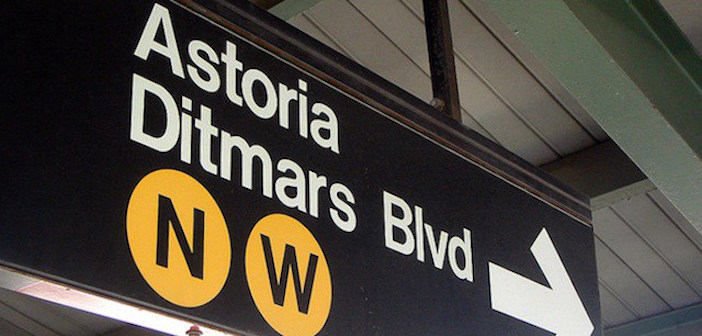
https://pappaspost.com/ 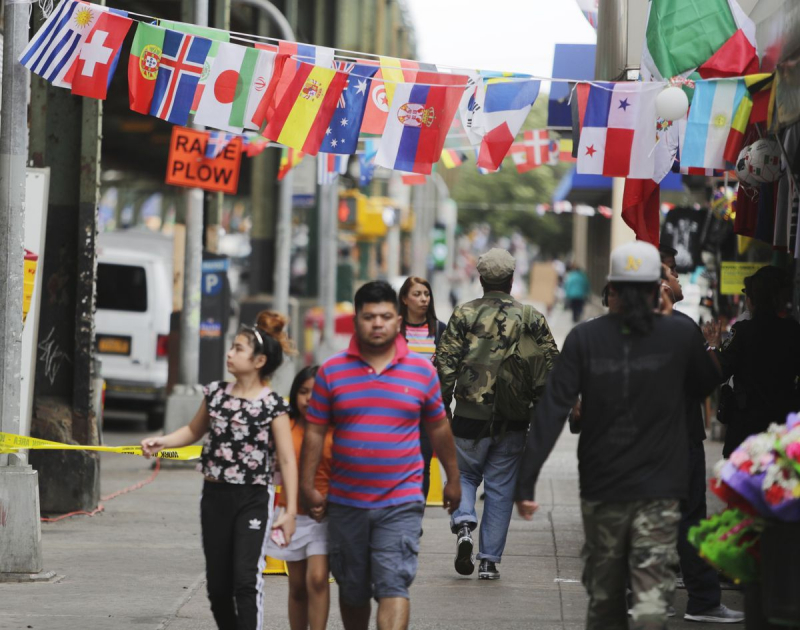
https://www.nydailynews.com/ -
According to a recent survey, the United States has the second-highest population of Spanish speakers in the world, surpassing Spain. There are already an estimated 52.6 million persons in the US who are able to speak the international romance language, which is second only to Mexico's 121 million speakers, according to a study by the renowned Institute Cervantes research institute.
Spanish is spoken by 48 million people in Colombia, compared to 46 million in Spain. There are currently 559 million Spanish speakers globally, according to the study. Of those, about 470 million are native speakers. According to data from the US Census Office, the US will have 138 million native Spanish speakers by the year 2050, making it the largest Spanish-speaking country on the planet.
According to the survey, there are approximately 41 million native Spanish speakers residing in the US, along with 11.6 million bilingual individuals, many of whom are the offspring of Spanish-speaking immigrants. Spanish is reportedly a second language for 18.2 percent of New Yorkers, according to the US Hispanic Data Gallery. With a 47 percent Spanish-speaking population, New Mexico has the highest percentage in the nation. Arizona (30%), Nevada (27.3%), Florida (27.4%), California (38%) and Texas (38%) are next in line (23.2 percent).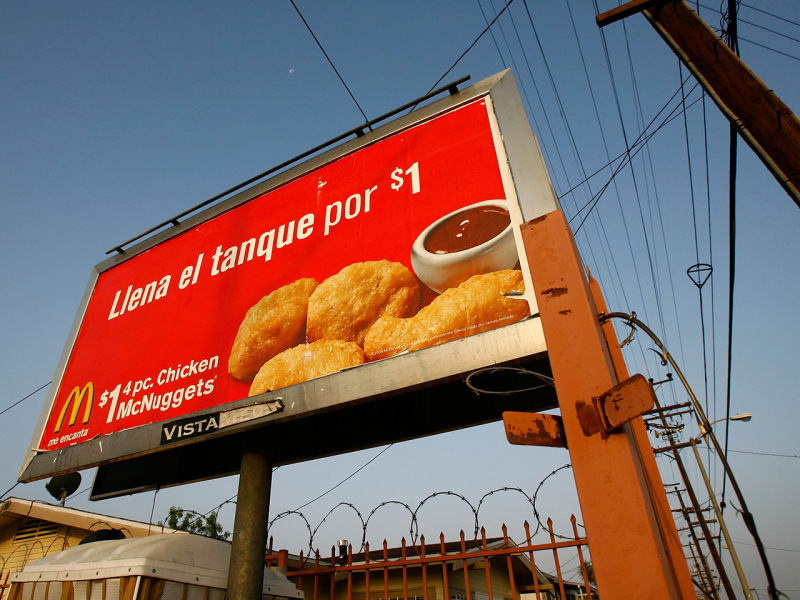
https://www.cbsnews.com 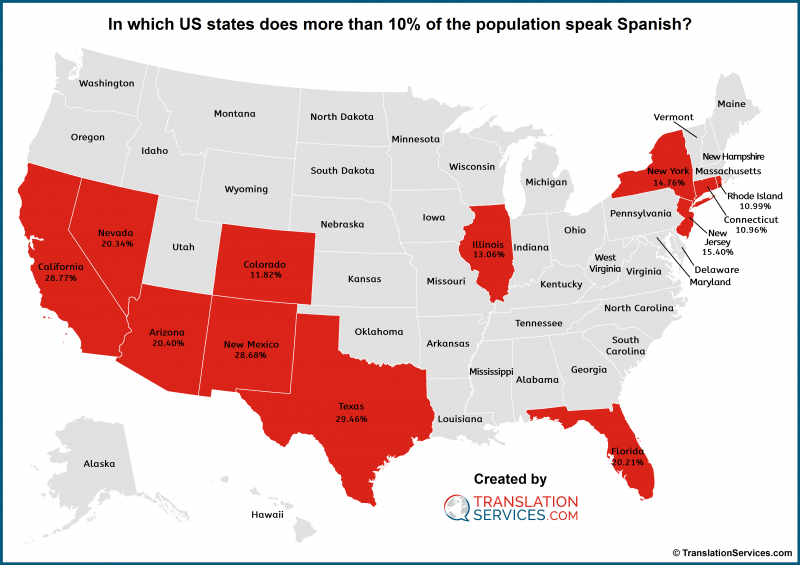
https://www.pinterest.com -
What would you respond if someone asked you where the majority of the kiwi fruit in the world is grown? Even if they had no prior knowledge of the various kiwi harvests, it is likely that New Zealand would be the most common answer given to them. Literally, the locals are referred to as Kiwis. They even have a bird. And sure, that is frequently where the fruit is grown. However, it is no longer the main supplier, particularly for Sungold kiwi.
This fruit, which was first introduced to New Zealand in 1904 and is officially known as Zespri Sungold Kiwi, originated in China. These were the green kiwifruit that was more widely known. All New Zealand kiwifruit growers came together to form Zespri in 1997. A new strain of kiwi that was less hairy, tastier, and had golden flesh instead of green was one of the products of their labor. Additionally, it was their own distinctive brand that was patented, and the nation has 9,000 hectares of it growing.
Unfortunately for New Zealand, 12,000 hectares of the golden fruit are already being illegally grown in China. Zespri is the sole owner of the legal right to cultivate the golden kiwi for commercial purposes. Sadly, the people that grow it in China don't give a damn.

http://www.specialtyproduce.com/ 
https://healthiersteps.com/ -
The West Edmonton Mall, which is situated in Edmonton, Alberta, a city in Canada with a population of 980,000, welcomes little over 30 million guests annually. Around 18.6 million people visited Disneyland in California annually before the outbreak. There are about 21 million visitors to Disney World in Florida. The Grand Canyon receives just around six million visitors annually.
Less than 16 million people go through the Blue Ridge Parkway, a picturesque route through the Appalachian Mountains. Seven million votes go to the Eiffel Tower. The West Edmonton Mall is one of the most frequented locations in the world, aside from locations like Central Park and the Las Vegas Strip.
The mall itself is 5.3 million square feet in size and features 800 businesses, two hotels, and a zoo. Even though it isn't the biggest mall in the world anymore, it is the biggest in North America. There are almost 24,000 employees, therefore it is essentially a small city.
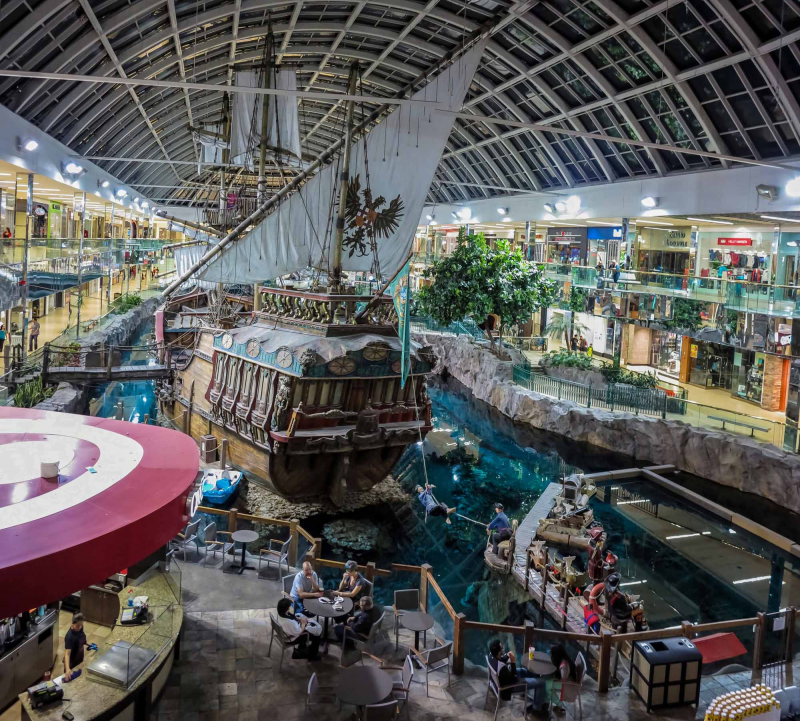
http://www.thecanadianencyclopedia.ca/ 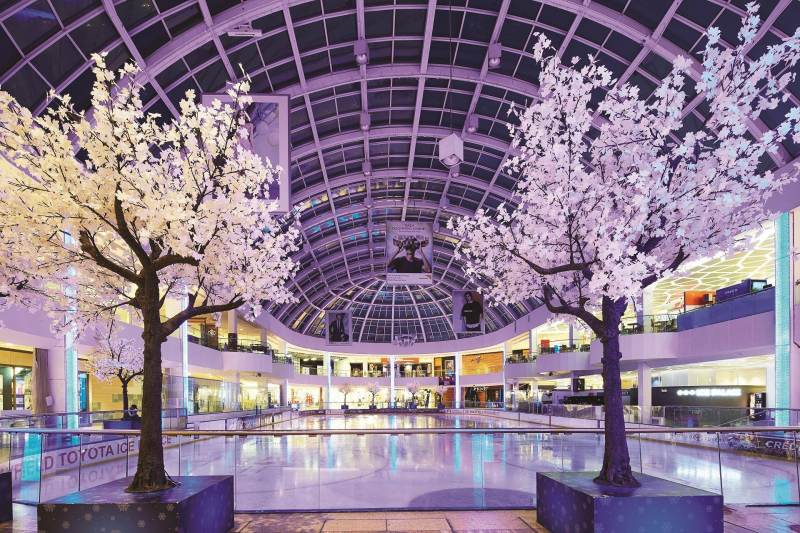
http://mediaincanada.com/ -
Each year, 14.7 million people visit the Giza Pyramids. Undoubtedly one of history's most well recognized structures, the pyramids are one of the Seven Wonders of the World. They have been the subject of countless fiction and nonfiction films, and some individuals will honestly argue with you about whether or not aliens created them. The fact that Sudan has more pyramids than Egypt is one of the less well-known facts regarding pyramids.
More than 200 of these can be found in the sand if you follow the Nile into Sudan. Although they are smaller than the Egyptian pyramids, these remains of the ancient Nubian civilization are nevertheless incredibly magnificent. Unfortunately, because of the passing of time and varying weather, they are not holding up as well as the Egyptian pyramids. Additionally, they have a troubled past. An Italian explorer actually detonated some of them in the 1880s in search of hidden wealth.

http://www.cnn.com/ 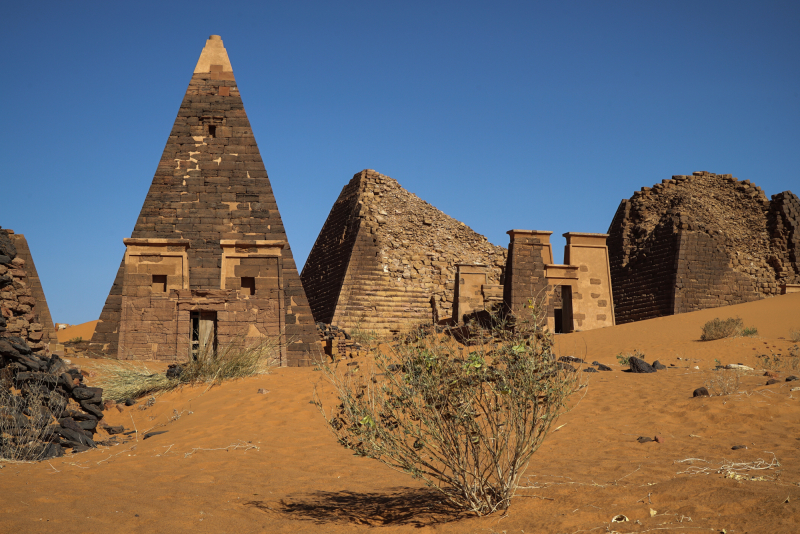
https://www.aljazeera.com












